ECONOMIC AND SOCIAL PROGRESS MADE IN UGANDA (1900-1945)
BEFORE 1919
Apart from the long - distance trade introduced by Arabs in the first half of the 19th century, Uganda's economy was simple, lacked recognizable specialization and was predominantly subsistent.
The declaration of Uganda as a British Protectorate in June 1894, and the British vested interest in Uganda forced the British to tap Uganda's economic potential by building the Uganda railway. It was the Uganda railway which brought about many changes in the development of Uganda's economy along new lines.

The introduction of the hut tax and other taxes by the British forced the Africans to work for Europeans or to open up farms in order to get money.
Some money was used to pay taxes but the remaining amount was used to open up more land, to buy European consumer goods, to build durable houses and to send children t school.
So by 1919 many Ugandan had realised the importance of growing cash crops which the colonial masters introduced. It was this realization which helped Ugandans to develop through farming.
BETWEEN 1919 AND 1945
In the inter-war period a lot of economic development, especially in the field of farming, took place because most Ugandans had realised that the British had come to stay.
They knew that the more they worked and the more cash crops they produced, the better for their families in particular and for Uganda in general.
Uganda farmers were not greatly affected by the 1929 - 33 World Economic Depression unlike Kenya and Tanganyika. The outbreak of World War II interrupted the steady progress of the Uganda farmers.
BETWEEN 1946 TO 1962
World War II and its effects underlined the view that Uganda was to depend more on agriculture than anything else. The government worked very hard to encourage farmers by making farmers grow many and varied cash crops in order to avoid putting all their eggs in one basket. This went on until Uganda achieved her independence.
Agriculture
Before 1900, Agriculture in Uganda was mainly for subsistence use. However, when the British established some reasonable control over parts of Uganda, they decided to transform the agricultural system.
The development of agriculture after 1900 was mainly related to the growing of cash crops for export. The British colonial authorities thought that the production of export crops would not only help to provide raw materials for European industries but would also make Uganda pay for its own upkeep.
The first major cash crop to be introduced on commercial scale was cotton. In 1904, cotton seeds were distributed by K. Borup and the government to farmers in Buganda, Busoga, Bunyoro and Ankole. By 1910, Uganda's cotton exports had risen to a value of about 165000.
Cotton was first introduced into Uganda by K. Borup, an industrial missionary
History on the cotton in Uganda …. A view looking along a cotton ginning plant with Ugandans at work at the machines which separate the cotton from the seeds. Cotton was first introduced into Uganda by K. Borup, an industrial missionary, who in 1903 distributed 62 bags of cotton seeds for planting. The Uganda Cotton Company, with Borup as manager, was founded in 1904. By the time of the Uganda Agricultural Exhibition in 1908 cotton output was estimated by the Governor to be worth UKP50,000 and was the major exhibit. By the time Sir Albert Cook wrote ‘Uganda Memories’ cotton output was second only to India in the Empire and it maintained this position until recent years.
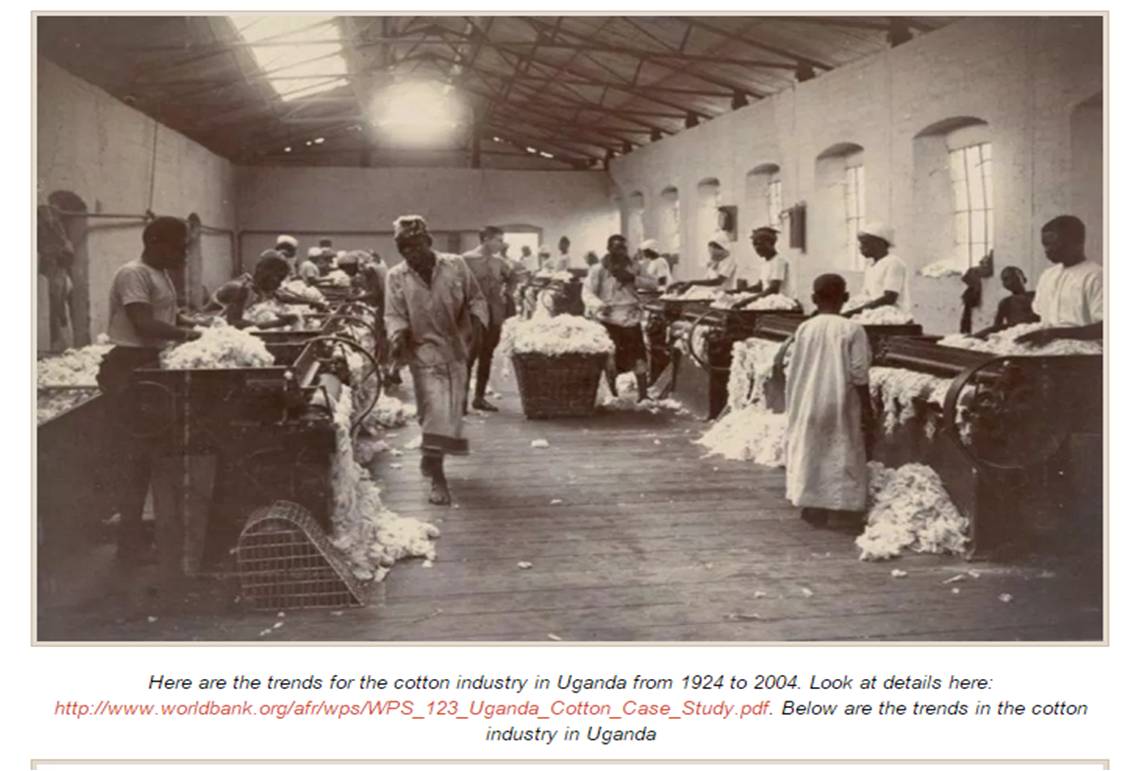
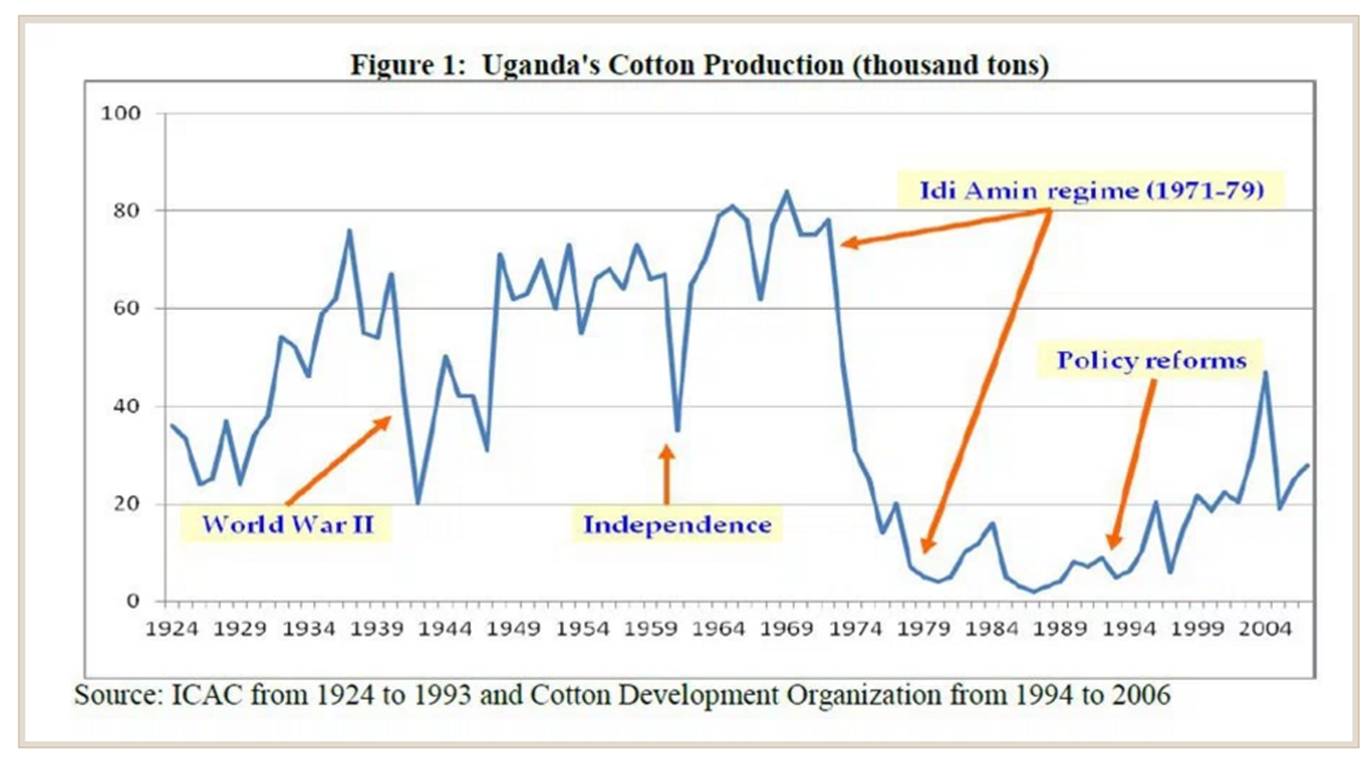
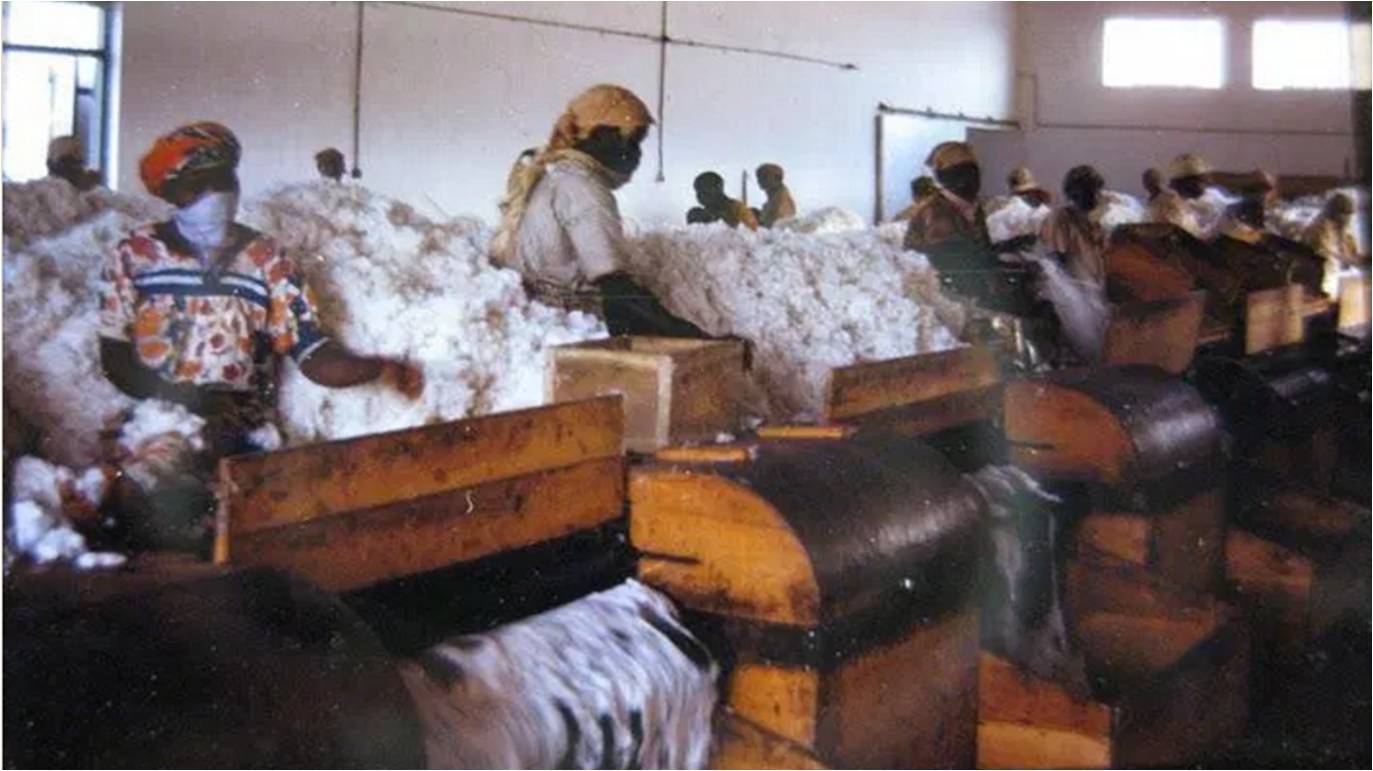
Other cash crops such as coffee, tobacco, tea and sugar canes were introduced. The growing of coffee was mainly began in the 1920's. The earlier coffee growing had only started in Buganda and Bugisu.
Successes in tobacco growing were first met in Bunyoro in 1927. By the 1930's tobacco growing had spread to other areas such as Kigezi and west Nile.
Sugar cane growing also bet in Uganda beginning with the 1920. It began in 1924 when an Indian Nanji Kalidas Mehta acquired some 5000 acres in Kyaggwe and began sugar cane growing. He built a sugar factory at Lugazi. The Sugar plantations were mainly worked on by people from Rwanda and W. Nile. By 1928, Lugazi was producing about 5000 tons.

Another sugar factory was opened in 1929 at Kakira by Muljibai Madhvani. By early 1930s sugar output in Uganda had out stripped local consumption.
Meanwhile, the production of cotton and coffee was also increasing throughout for about 80% of the value of total exports some Africans were at the same time picking interest in growing coffee. By 1945, coffee had become a serious rival to cotton as a major source of income.
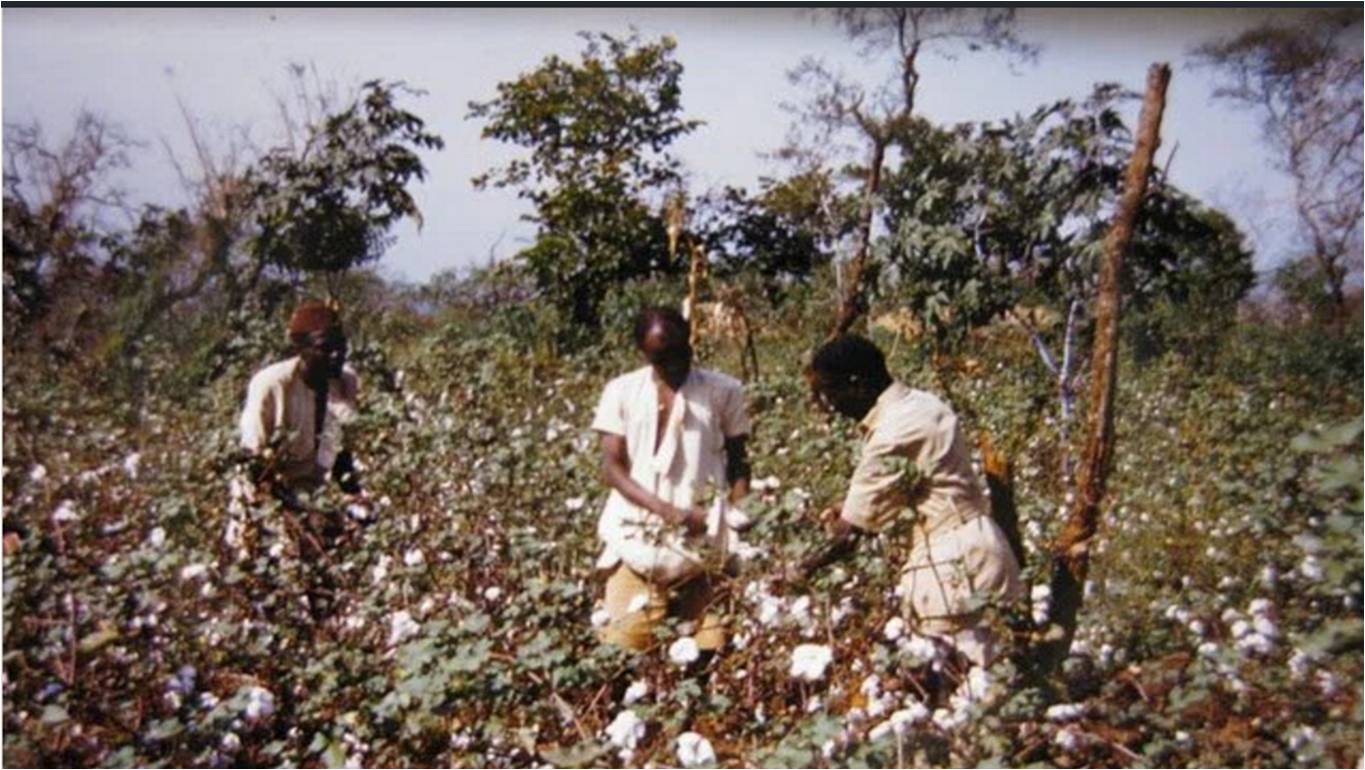
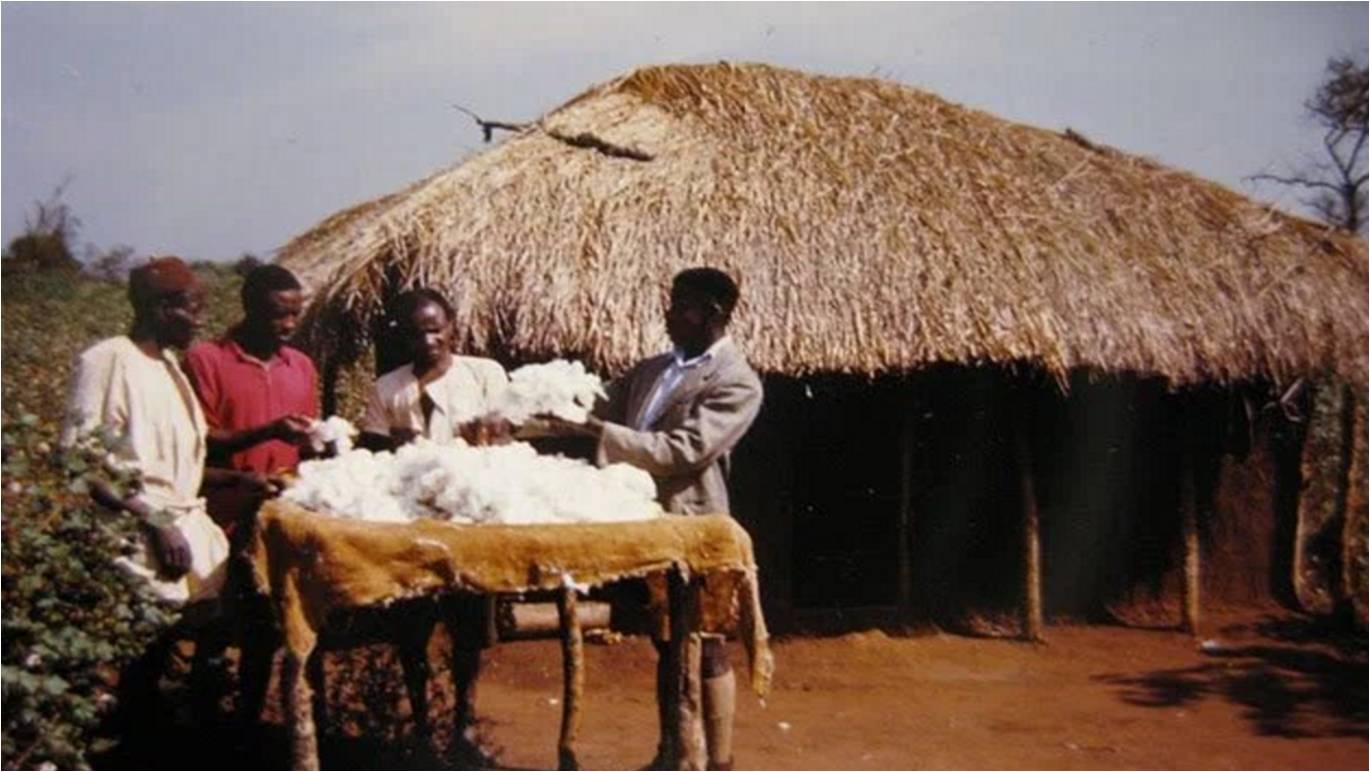
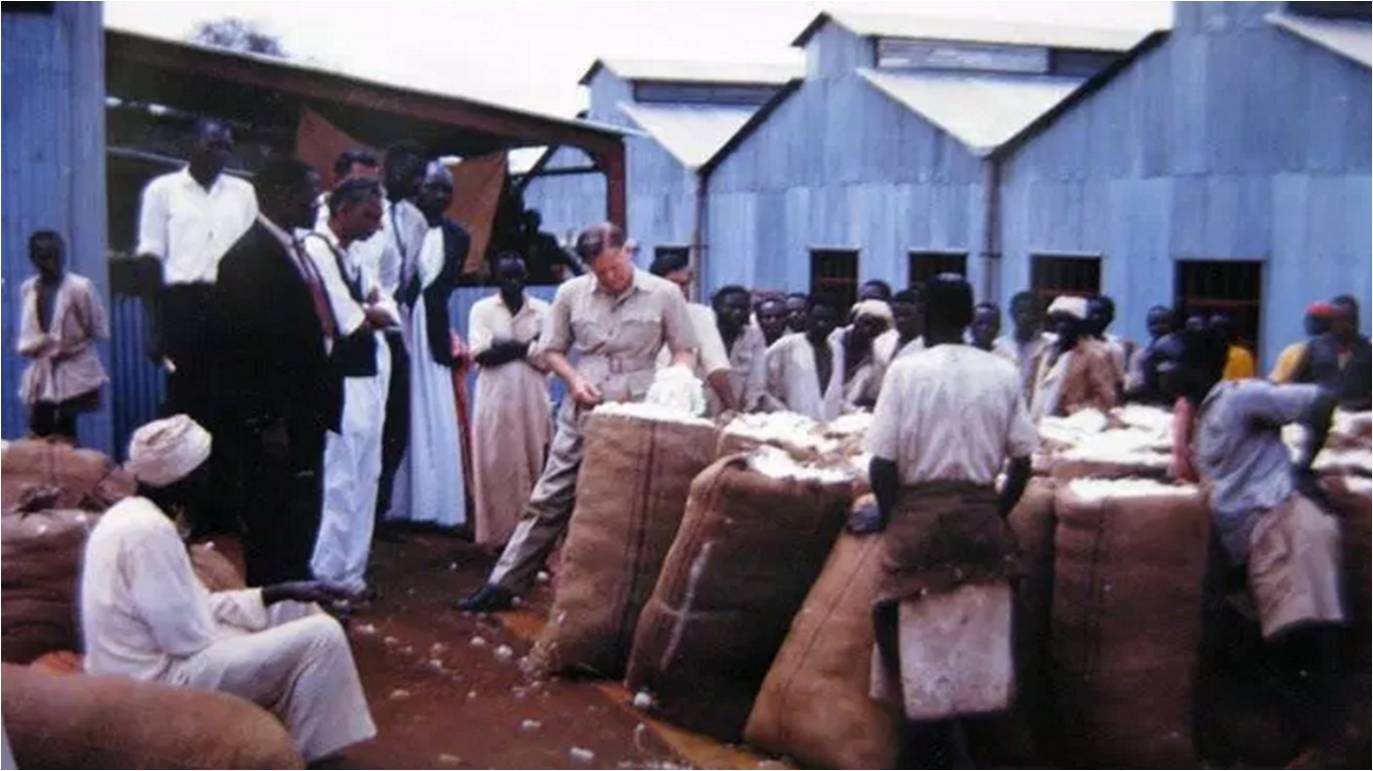
Transport
With the establishment of British colonial rule in Uganda, the British colonial authorities began a programme of developing the transport system. Soon after the declaration of a British protectorate over Uganda in 1894, a railway line was constructed from Mombasa to open up Uganda for trade.
The railway reached port Florence (Kisumu) in 1901 and it was soon connected to port Bell in Uganda by steamer service. This made it possible for the transportation of various commodities to and from Uganda using the railway line.
Further developments in the transport system were made after 1902. Between 1905 and 1910, Governor Sir Hesketh Bell organised the development of roads in many parts of Uganda. This was mainly aimed at facilitating the transportation of cotton from the cotton growing areas.

Some cotton growing areas were reached by constructing the railway from Jinja to Namasagali had been completed. This helped to transport crops like cotton from North Busoga and other parts of Lake Kyoga.
The improved transport system helped in the development of Uganda's commerce. And this particularly encouraged increased production of cotton, coffee, tea, and tobacco. However, this development was restricted to what was considered to be productive areas.
.jpg)
In 1928, the Jinja Tororo railway line was constructed. In 1921, a line from Tororo to Soroti was added.

Another important plan of extending the railway from Jinja to Kampala was also began. This project was began in 1928 and with the completion of a railway bridge over the Nile Ripon falls, the Jinja - Kampala line was opened to traffic in 1931.

Air transport
From 1930, there was another important development in transport. This was the air transport. The first plane left Cairo and landed on lake Victoria near port Bell carrying official air mail to Uganda.

On 19th march 1931, an air passenger service from Uganda to England was inaugurated.

From 1930 onwards, road system in various parts of Uganda was developed by the protectorate government. However, the major cash crop growing areas such as Busoga, Buganda and Bunyoro were given first priority.
By 1932, motor vehicles were being used on some roads. Lorries were introduced to facilitate the transportation of such crops as cotton, coffee and tobacco.
Health
By 1900, some human diseases were being treated by use of western medicine. Which had been introduced by the missionaries. These missionaries continued to play an important role in supplementing the Africans attempts to fight certain diseases.
The first hospital was opened at Mengo in 1897 by Dr Albert Cook of the CMS. The medical service provided by the missionaries helped to combat a number of diseases. The CMS extended medical services to areas like Toro and Ankole.

In 1900, there developed a serious health problem in Uganda. It was Albert Cook who notified the government that a series of cases who had gone to Mengo Hospital were found to be suffering from sleeping sickness.
The sleeping sickness epidemic spread rapidly in areas near lake Victoria and claimed the lives of about 3 million people. By 1905 the cure for the disease had not yet been found. In 1906, Sir Hesketh Bell (commissioner) decided to begin a programme of evacuating the affected areas completely. This task was also completed by the end of 1907. It was facilitated by the co-operation of local chiefs like Apollo Kaggwa.
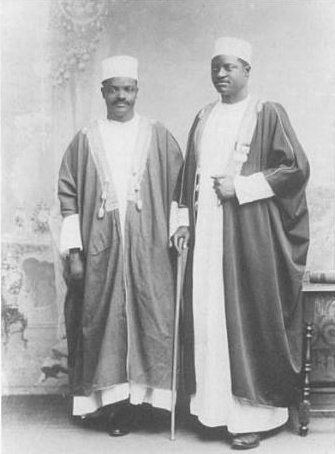
Sir Apollo Kaggwa with Ham Mukasa
After 1907, the sleeping sickness threat drastically reduced. By 1920, some people had began to move back to their former areas. Although the medical department showed concern with the control of the epidemic. Its priority was still the health of the European officials.
During the 1920s the colonial government attempted to extend ordinary medical services in Uganda. By 1938, about 20 hospitals and about 110 dispensaries had been established in various parts of the protectorate to handle Africans cases diseases.
Licensed under the Developing Nations 2.0
A Complete East African History ebook

